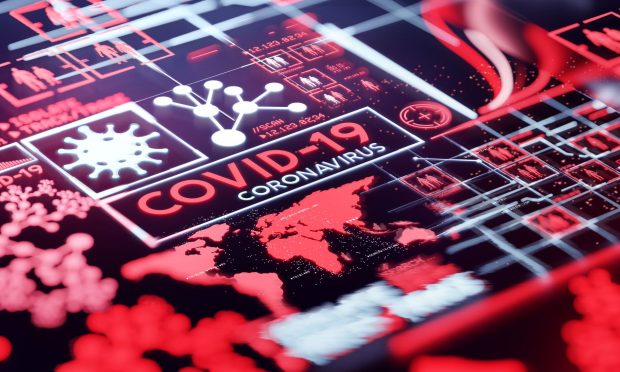Today we have published an update report on our work with the Behavioural Insights Team (BIT) and Doteveryone, that follows on from our review of online targeting. Since March, we have been working to understand how, by changing how technology …
Almost all (13 of 16) of this month’s entries were related to healthcare, with the majority of those specifically looking at use-cases in hospitals. Given that the UK faces an ongoing public health crisis and is entering a second-wave of coronavirus infections, it is not surprising that these use-cases are the most prevalent at this …
The number of brand new use-cases that we are seeing each month has seen a downturn since we began compiling the COVID-19 repository, although we are continuing to find further examples of the existing entries that we have been tracking, indicating that existing use-cases are being adopted more widely.
The primary purpose of the majority of use-cases has been to support the local response and mitigate the effects of lockdown. However, we are starting to see examples of use-cases designed to build future resilience and aid the recovery; these have been particularly prominent in the transport sector. For example, the Commonplace Mapping Tool which …
In a project at Oxford University Hospitals NHS Foundation Trust (OUH), researchers have built an AI-driven test to screen for COVID-19, in the first hour of a patient arriving at an emergency department. The AI model - trained using laboratory bloods, blood gases, and observations recorded routinely during 115,000 presentations to Oxfordshire’s Emergency Departments - …
Although the majority (70%) of the use-cases we have added over the last month are still related to health and social care, the focus has moved away from managing the immediate public health crisis and towards building future resilience.
Today the CDEI publishes its first report on public sector data sharing. It explores the barriers to data sharing and focuses on citizen trust which the report argues needs to be addressed if we are to maximise the value of …
This week we’re continuing our introductory series by looking at the use of social distancing wearables for the workplace. As a reminder, this blog is not designed to be exhaustive, and is based on a rapid review rather than the …
In the first of our introductory blogs, we are looking at the concept of immunity certificates - what they are, whether they could work, and identifying the core aspects of the debate. This blog is not intended to be exhaustive, …
The majority of our May use-cases relate to a pivot of existing AI or data activity to a new context, for example the development of an open-sourced COVID-19 vulnerability index which identifies people most at risk of severe complications. The index utilises an AI predictive model and is being used by healthcare organisations and insurance …










Recent Comments